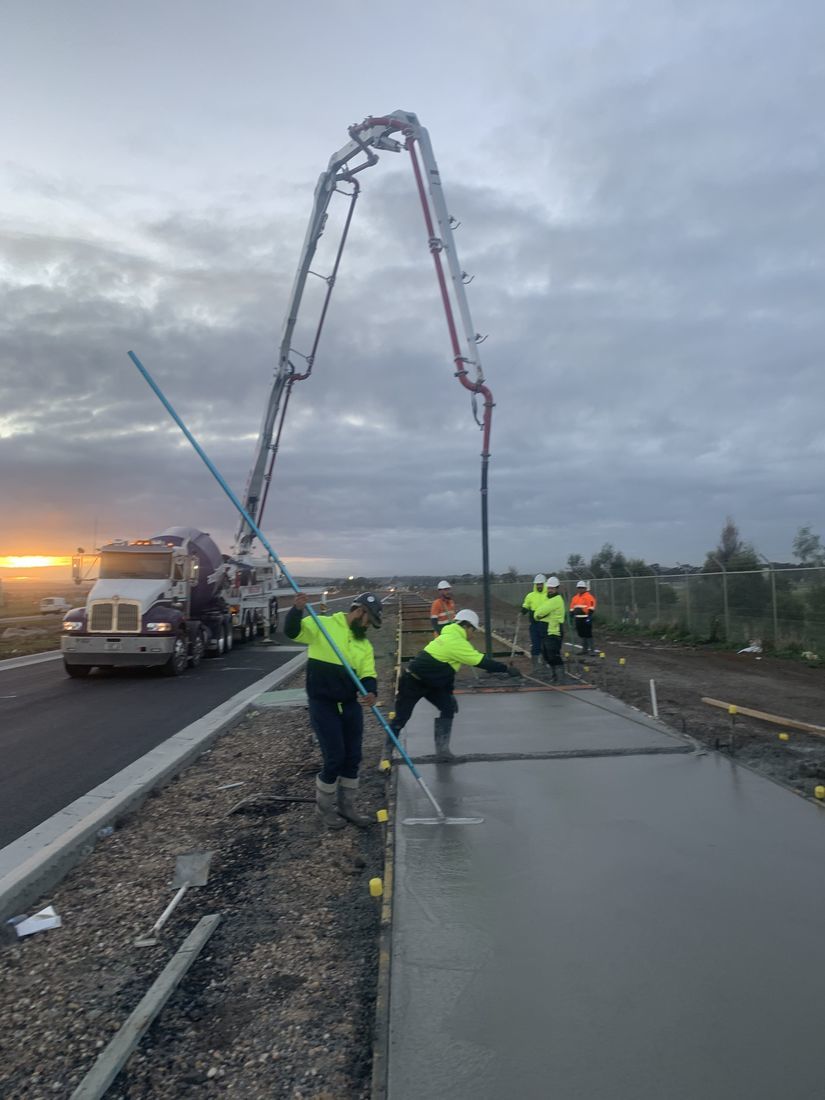Pouring rain can be a blessing – not for laying concrete, though. Even though water is the main component in making concrete, excessive water in the form of rain can destroy the life of the concrete. It affects the strength of the concrete and makes it lose its touch.
Once the rain enters inside the concrete, it results in scaling and dusting on its surface, which can be hard to rectify. It is harmful to the concrete and isn’t easy to treat. Therefore, you should never lay concrete in the rain.
In case you have poured the concrete and it starts to rain, it is inevitable for the damage to spread inside the concrete. Here are some precautions to stop it from complete destruction:
Check the Weather Forecast
This one is obvious. Before starting the process of laying or pouring concrete, you should check the weather forecast. If it tells you that heavy rainfall is expected, delay your project. However, even though modern devices and methods are introduced that can predict rain, many times, unexpected rainfall can halt your project.
Get Waterproof Covers on Standby!
If you have to deal with unexpected rainfall, you should have access to an emergency kit that might save you the trouble of dealing with concrete cracks. Make sure that you have waterproof coveralls, tarpaulins, or plastic sheets on standby. If it starts to pour, cover the surface of the concrete so that the rain cannot seep through. Give special attention to the sides of the concrete to avoid unnecessary cracks.
Moreover, you need to look out for overflowing gutters and downspouts. Heavy rainfall can cause them to overflow, which can ultimately ruin the foundation of the concrete by carving a trench into the newly-laid concrete.
Use a Float
When it is pouring, you need to be mindful and not destroy the concrete furthermore. Most people make the mistake of working the rainwater into the surface. This will further destroy the concrete and make it crack at various places. One more thing that you need to be mindful of is broadcasting dry cement on the surface. This will result in impairment of the finish and weakening of the top layer.
To rectify the situation, use a float once the rainfall passes. This will push the excess water off the slab, which makes it easier for you to start working on the foundation of the concrete. Once the rain subsides, you can start finishing and complete the process to avoid dusting or scalping.
Final Word
Avoid laying the concrete during the wet seasons. The heavy episode of rainfall can destroy the foundation of the concrete and affect its strength. It can also cause scalping to develop, which can ultimately destroy the lifespan of the concrete.


